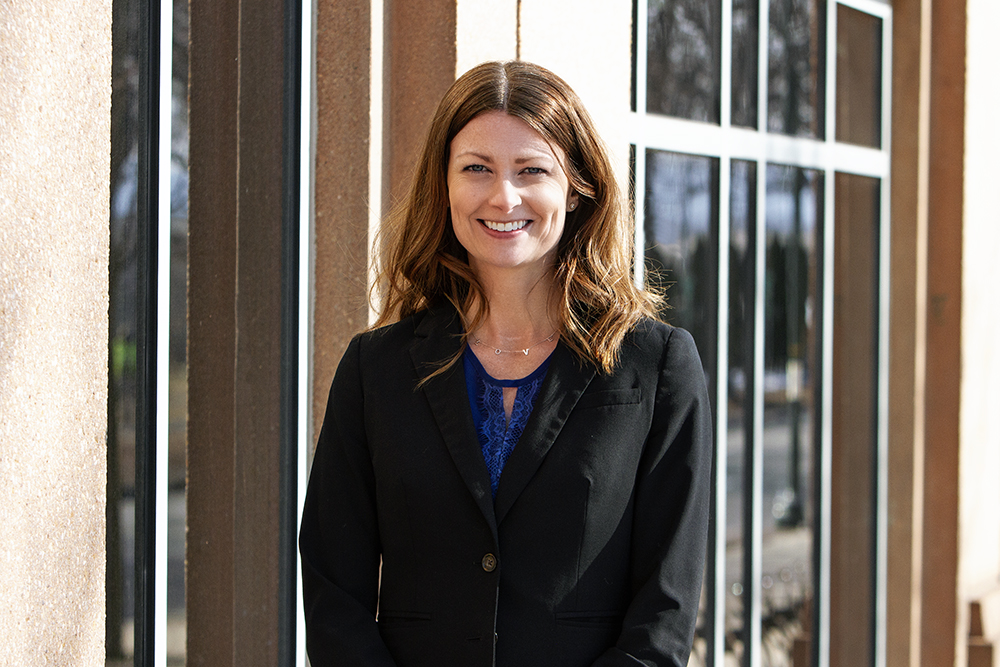EPA’s Proposed Regulations for the Control of Methane Emission from Oil and Gas Facilities May be as Problematic for State Regulators as for Operators
February 1, 2023
Publications
The USEPA often refers to its relationship with the states as “cooperative federalism.” The recently proposed regulations for the control of methane emissions from the oil and gas industry contain some unique provisions that raise questions for operators and state regulators, especially in Pennsylvania, and call into question what EPA sees as cooperation or how it defines federalism.
In early December, EPA published its proposed regulations for the control of methane emission from the oil and gas sector. 87 FR 74702 (Dec. 6, 2022). As expected, the proposal expands the reach of the existing regulations. The proposed text encompasses additional sources and adds more stringent requirements. EPA proposes to add Subparts OOOOb and OOOOc to 40 C.F.R. Part 60. Subpart OOOOb (Quad Ob) establishes requirements for new or modified sources, while Subpart OOOOc (Quad Oc) establishes Emission Guidelines (EG) that states must follow to establish requirements for existing sources. The standards developed by the states for existing sources must be at least as stringent as the EGs published by EPA. EPA has “helpfully” included a model rule as part of the Quad Oc proposal. These detailed regulatory provisions warrant scrutiny and vigorous comment by the close of the comment period on February 13, 2023.
New Sources
Pursuant to section 111(a) of the Clean Air Act, a new source is defined as a source constructed or modified after the proposed regulations have been published. 42 U.S.C.S. § 7411(a). EPA contends that the proposed regulations were first published on November 15, 2021, and refers to the December 6, 2022, publication as a “supplement.” The November 2021 publication outlined EPA thoughts and ideas but did not contain specific regulatory language for either Quad Ob or Quad Oc. Thus, by the time the proposed regulations are finalized, sources that have been in operation under one set of regulations for perhaps as much as two years will be considered new sources and will be subject to the Quad Ob requirements. Substantial changes have been made to the provisions regulating flares and pneumatic devices since the November 2021 publication. The delayed applicability of some key provisions will likely present permitting challenges for sources and for the state regulators who must implement the final regulations.
Pursuant to 25 Pa Code § 122.3, Quad Ob New Source Performance Standards will be automatically incorporated into DEP’s New Source Performance regulations. Quad Ob does not distinguish between conventional oil and gas operations and unconventional shale gas operations as those terms are used in the Pennsylvania Oil and Gas Act. However, Act 52 of 2016 requires that DEP and the EQB adopt regulations for conventional oil and gas operations “separately and independently” from those adopted for unconventional operations. 58 P.S. § 1207. DEP will have to determine how to satisfy EPA and also comply with Pennsylvania law. DEP has asserted that Act 52 only applies to regulations developed under the authority of the Oil and Gas Act and not to those developed under authority of the Air Pollution Control Act, but recently has settled litigation challenging that position by promulgating separate VOC regulations for the conventional and unconventional industries. How DEP will deal with the automatic incorporation on Subpart Quad Ob into DEP’s regulations and the need for “separate” regulations remains to be seen, but at the end of the day Quad Ob will need to apply to “new sources” at both conventional and unconventional oil and gas operations.
Existing Sources
Ironically, the controversy surrounding the scope of Act 52’s requirements centered on the DEP/EQB proposal to establish limits for VOC emissions at oil and gas operations. Under those regulations, methane emissions will be reduced as a co-benefit without directly regulating methane. The regulations for both conventional and unconventional oil and gas operations were recently finalized and published. See 52 Pa. Bull. 7587 (Dec. 10, 2022); 52 Pa. Bull. 7635 (Dec. 10, 2022). The regulations, however, cannot be used to satisfy DEP’s obligations to develop regulations that satisfy Quad Oc. EPA has decreed that a program that does not address methane directly cannot be approved, negating the discretion that states supposedly have to design equivalent but different programs to control existing sources.
As noted above, EPA has included a model rule as part of the Quad Oc regulations and encourages its use. The substance of the model rule may be appropriate for use by state regulators, but the formatting and style of the model rule is inconsistent with the formatting of many states’ regulations, including Pennsylvania’s regulations. EPA advises that language other than the model rule may be used but the state must demonstrate that any alternative language is at least as stringent as the model rule. 40 C.F.R. § 60.5376c. EPA seems to be trying to force the states to use the model rule.
All states have requirements for public engagement and public input when promulgating regulations. In Quad Oc, EPA undertakes to tell the states how to carry out public engagement during their rulemaking process. EPA’s proposed regulations require a state to provide a “certification and evidence” that it had “meaningful engagement” with the public and sets forth specific requirements that must be satisfied, documented, and submitted to EPA as part of the application for approval of the state’s program regulating existing sources. While public outreach and engagement allowing for public input is a key part of any rulemaking, each state has procedures established by state law or policy. EPA has positioned itself to dictate procedures that may differ from state law and to judge whether those state procedures satisfy EPA, presumably allowing EPA to reject a state program regulating existing sources on the “meaningful engagement” basis alone, regardless of the stringency of the regulations.
Super Emitter
Perhaps the most unique feature of the proposed regulations is the “Super Emitter” program. Super emitter is defined as any emission event that is deemed to be emitting 100 kg/hr. of methane or more as determined by remote sensing equipment such as satellites or aircraft flyovers. EPA is proposing to approve certain third parties to engage in remote sensing to detect so-called “super emitter events.” EPA specifically states that these third parties can be academic researchers or non-governmental organizations, as well as a delegated state agency. The super emitter provisions are an integral part of Quad Ob and pursuant to Quad Oc must be part of the states’ programs for existing sources. The EPA-approved entity may present a facility operator with its conclusion that a super emitter event has occurred and send a copy of the notice to EPA (and presumably the state). The operator is then obligated to undertake a root cause analysis, take corrective action, and submit a report to EPA. Amazingly, EPA states that the notice provided by the third party to the operator will be made publicly available, but that EPA will not verify the data before posting the notice. EPA goes to great lengths to find a legal basis to the support super emitter program, determining that addressing a super emitter event can be considered BSER (Best System of Emission Reductions) but fails to explain what authority it has to delegate its enforcement authority to a third party, including third parties opposed to oil and gas operations. Moreover, EPA fails to explain how interjecting a third party (apparently approved only by EPA) into a state’s inspections and enforcement regime respects federalism.
Implementing the proposed methane regulations will present many challenges for state regulators and for regulated entities and those challenges will be compounded by EPA’s apparent move away from cooperative federalism. If you would like to discuss the proposed regulations further or are interested in submitting comments, please feel free to contact us.
© 2023 McNees Wallace & Nurick LLC
McNees Client Alert is presented with the understanding that the publisher does not render specific legal, accounting or other professional service to the reader. Due to the rapidly changing nature of the law, information contained in this publication may become outdated. Anyone using this material must always research original sources of authority and update this information to ensure accuracy and applicability to specific legal matters. In no event will the authors, the reviewers or the publisher be liable for any damage, whether direct, indirect or consequential, claimed to result from the use of this material.



